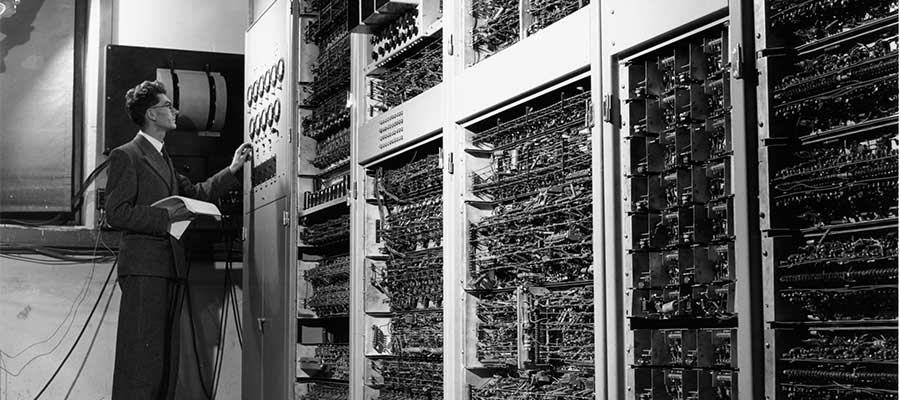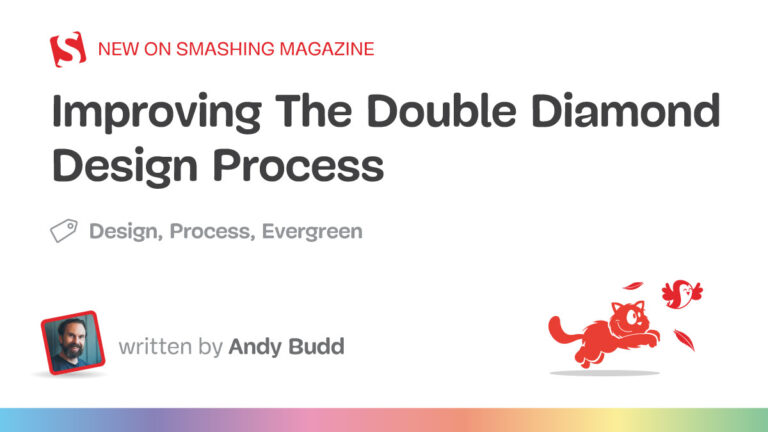Freelance web designers exist to serve clients. We build and maintain websites for a variety of organizations. But you soon realize that some clients have high expectations and a low budget.
What do they want? The traditional “fast and cheap” website, of course. These clients expect us to perform Herculean tasks for peanuts. And they’d appreciate it if you could do it all within two weeks. No pressure!
These requests have always been a thorn in our side. And it’s fair to wonder how realistic they are. Even more so as the web has matured.
Let’s take a fresh look at this old nemesis. Should they be tossed into the dustbin of history? Or does fast and cheap still have a place in web design?
Build Tools Are Better. But Websites Are More Complex.
My first experience with building fast and cheap websites came long ago. These were the days before content management systems (CMS) and no-code tools. Static HTML was the primary technology used.
There’s no denying that it was a stressful situation. But I routinely churned out new websites within 2-3 weeks. It sounds counterintuitive when looking back. How did I do this without the help of advanced tools?
I think client expectations played a role. A typical website was relatively simple. And the projects weren’t heavy on content. Most were of the five-page brochure variety. Functionality consisted of a contact form.
These days, a CMS like WordPress would seem to be a perfect fit. Install a theme, add the content, and off you go. You wouldn’t need to touch code for something basic.
But that’s just it. Clients no longer want a barebones website. Their expectations have evolved along with technology.
There’s always “one more thing” to do. Plus, there are multiple pieces to put together. All of this takes more time than a client realizes. The result is higher costs and a longer time to launch.

Ignoring Mobile and Accessibility Isn’t an Option
Something else stands out from the past. We didn’t have to build and test our websites on dozens of devices.
Ensuring quality and consistency across screens is tedious. There is a nearly endless array of viewport sizes to consider. And even a readymade CMS theme isn’t without hiccups. Therefore, testing is mandatory.
And the same logic applies to accessibility. We didn’t think twice about “just launching it” twenty years ago. That’s a dangerous proposition these days.
There are both legal and moral obligations. Plus, building an accessible website requires a plan. It works better when baked in from the start.
Once again, these steps mean more time and money. Ignoring either of them isn’t an option. And neither is hurrying through their implementation.

When ‘Fast & Cheap’ Might Make Sense
Building a website quickly and cheaply doesn’t fit with most projects. The factors above are the primary reasons.
And we can’t forget about a client’s role. They may not be able to deliver on their outsized expectations. That’s how two weeks can turn into six months. The reality of their requests often results in a reconsideration.
But there are still a few occasions where this mix might make sense. A single-page website is one example. A promotional microsite is another possibility.
It may be wise to consider these websites to be temporary. There’s not enough time or money to build with the future in mind. Thus, they’re best suited for a short-term goal.
A page builder tool or a predesigned template could make quick work of this type of project.
The caveat is that the site must be light on customization. Clients must be limited to the options offered by the build tool. That means no fiddling around with PHP or JavaScript. This strategy also eliminates most eCommerce possibilities.
A client must also be willing to compromise. They may not get everything on their wish list. A shoestring budget and narrow timeline will only get them so far. That’s how this is supposed to work, after all.

Should You Accommodate These Clients?
Yes, it’s technically possible to build a fast and cheap website. The real question is whether you want to accommodate these clients.
You could pull all-nighters to create a fully functioning 500-page site in record time. But is that worth your time and effort? Probably not.
You should be paid handsomely for this level of work. And it’s only fair to have enough time to complete the project. Otherwise, your client isn’t valuing your time or talent.
Therefore, any consideration of fast and cheap should come with strict boundaries. Give your client minimal options and plenty of conditions to abide by.
And if you’re not comfortable with the arrangement? It’s more than OK to decline. That’s something you can do quickly – and for free!





